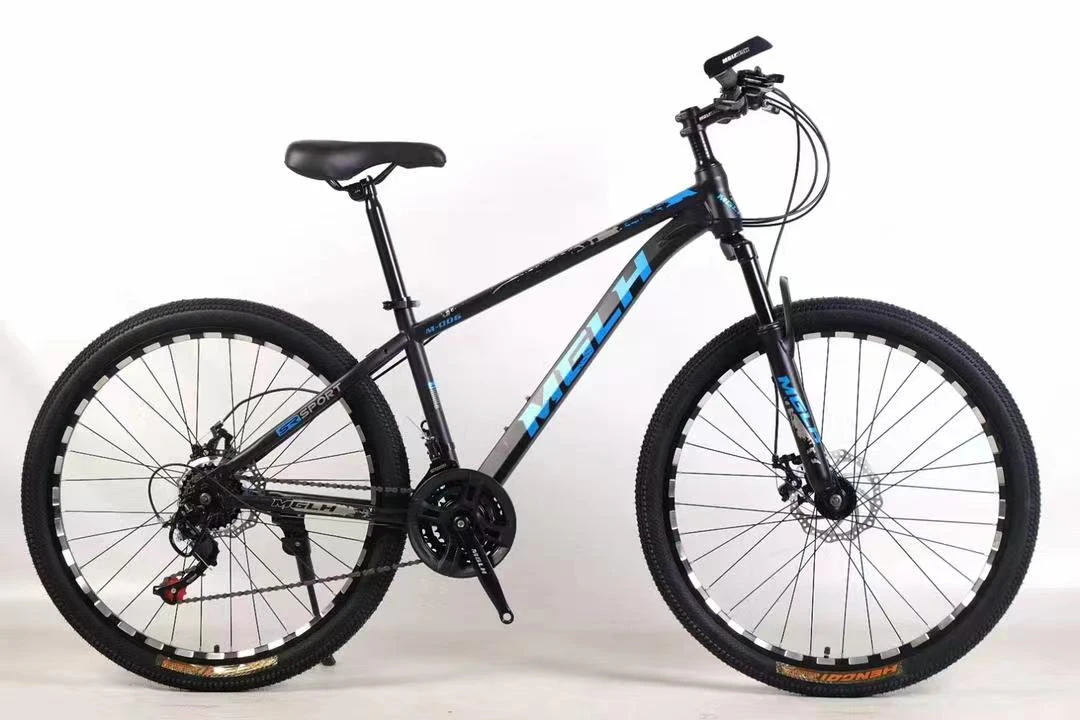
- Afrikaans
- Albanian
- Amharic
- Arabic
- Armenian
- Azerbaijani
- Basque
- Belarusian
- Bengali
- Bosnian
- Bulgarian
- Catalan
- Cebuano
- Corsican
- Croatian
- Czech
- Danish
- Dutch
- English
- Esperanto
- Estonian
- Finnish
- French
- Frisian
- Galician
- Georgian
- German
- Greek
- Gujarati
- Haitian Creole
- hausa
- hawaiian
- Hebrew
- Hindi
- Miao
- Hungarian
- Icelandic
- igbo
- Indonesian
- irish
- Italian
- Japanese
- Javanese
- Kannada
- kazakh
- Khmer
- Rwandese
- Korean
- Kurdish
- Kyrgyz
- Lao
- Latin
- Latvian
- Lithuanian
- Luxembourgish
- Macedonian
- Malgashi
- Malay
- Malayalam
- Maltese
- Maori
- Marathi
- Mongolian
- Myanmar
- Nepali
- Norwegian
- Norwegian
- Occitan
- Pashto
- Persian
- Polish
- Portuguese
- Punjabi
- Romanian
- Russian
- Samoan
- Scottish Gaelic
- Serbian
- Sesotho
- Shona
- Sindhi
- Sinhala
- Slovak
- Slovenian
- Somali
- Spanish
- Sundanese
- Swahili
- Swedish
- Tagalog
- Tajik
- Tamil
- Tatar
- Telugu
- Thai
- Turkish
- Turkmen
- Ukrainian
- Urdu
- Uighur
- Uzbek
- Vietnamese
- Welsh
- Bantu
- Yiddish
- Yoruba
- Zulu
Feb . 16, 2025 00:54 Back to list
27.5/29 "Color-Changing Carbon Fiber Mountain Bike 12 Variable Speed Mountain Bike Dirt Bike
Choosing the perfect mountain bike can be a thrilling yet daunting experience. With myriad options and an array of technical specifications, pinpointing the right model requires a blend of expert knowledge and personal experience. In this comprehensive guide, we'll delve into the critical aspects of mountain bike reviews, shedding light on factors that influence buying decisions and how you can leverage authentic opinions to find your ideal ride.
The authenticity and credibility of mountain bike reviews cannot be overstressed. Genuine user reviews are an invaluable source of first-hand information and insights. Enthusiasts often share experiences that can elucidate aspects of comfort, performance, and durability that technical specifications do not capture. These personal accounts paint a comprehensive picture—beyond glossy marketing claims—and guide potential buyers toward informed decisions. Leading industry magazines and online platforms such as BikeRadar and Pinkbike offer authoritative reviews by biking professionals. These reviews scrutinize bikes under varied conditions, offering impartial analysis based on rigorous testing. Additionally, community forums and groups on platforms like Reddit provide discussion threads where experienced bikers exchange candid opinions, often resolving common queries for potential buyers. Consumer trust in reviews is heavily influenced by the transparency and authenticity of the content. Buyers appreciate when a review acknowledges both the pros and cons of a bike, avoiding bias that could stem from sponsorship or endorsement. This openness helps in cultivating a relationship of trust with readers. The mountain biking community is rich with knowledge and passionate individuals. Attending biking events or joining local biking clubs can provide additional expert insights and facilitate test rides—often the most decisive factor in a purchase decision. Engaging with seasoned cyclists can uncover nuanced advice tailored to individual needs and local trails. In closing, navigating the world of mountain bike reviews demands a careful balancing of technical specs and authentic user experiences. With expertise and firsthand accounts as your guide, you are better equipped to make an informed, satisfactory purchase. Whether it's conquering rugged trails or leisurely exploring scenic paths, the right mountain bike can open the door to countless adventures.


The authenticity and credibility of mountain bike reviews cannot be overstressed. Genuine user reviews are an invaluable source of first-hand information and insights. Enthusiasts often share experiences that can elucidate aspects of comfort, performance, and durability that technical specifications do not capture. These personal accounts paint a comprehensive picture—beyond glossy marketing claims—and guide potential buyers toward informed decisions. Leading industry magazines and online platforms such as BikeRadar and Pinkbike offer authoritative reviews by biking professionals. These reviews scrutinize bikes under varied conditions, offering impartial analysis based on rigorous testing. Additionally, community forums and groups on platforms like Reddit provide discussion threads where experienced bikers exchange candid opinions, often resolving common queries for potential buyers. Consumer trust in reviews is heavily influenced by the transparency and authenticity of the content. Buyers appreciate when a review acknowledges both the pros and cons of a bike, avoiding bias that could stem from sponsorship or endorsement. This openness helps in cultivating a relationship of trust with readers. The mountain biking community is rich with knowledge and passionate individuals. Attending biking events or joining local biking clubs can provide additional expert insights and facilitate test rides—often the most decisive factor in a purchase decision. Engaging with seasoned cyclists can uncover nuanced advice tailored to individual needs and local trails. In closing, navigating the world of mountain bike reviews demands a careful balancing of technical specs and authentic user experiences. With expertise and firsthand accounts as your guide, you are better equipped to make an informed, satisfactory purchase. Whether it's conquering rugged trails or leisurely exploring scenic paths, the right mountain bike can open the door to countless adventures.
Latest news
-
The Ultimate Kids' Four-Wheeler Experience
NewsJul.09,2025
-
The Ultimate Guide to Mountain Bikes: Gear Up for Your Ride
NewsJul.09,2025
-
The New Age of Cycling: Electric Bikes for Every Rider
NewsJul.09,2025
-
The Best Kids Bicycles: Ride in Style and Safety
NewsJul.09,2025
-
The Best 3-Wheel Scooters for Kids: Fun, Safety, and Adventure
NewsJul.09,2025
-
Revolutionize Your Ride: Affordable Electric Bikes
NewsJul.09,2025
-
Finding the Perfect Mountain Bike for Every Rider
NewsJul.09,2025



